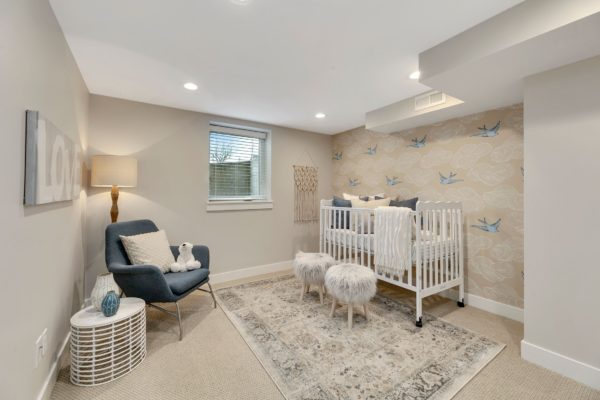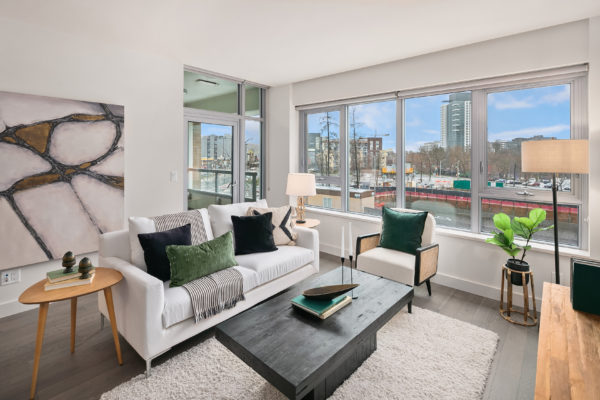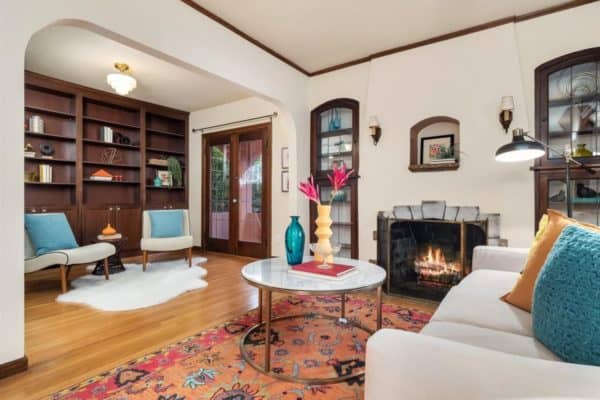The more natural light in your home reduces the need for as much electricity. Sustainable design is a hot topic, and it’s easy to see why. There are many simple ways to make your home more sustainable without sacrificing comfort or convenience. Here are some tips for incorporating sustainable design into your home.
Use sustainable natural materials
To begin with, you should avoid synthetic and toxic chemicals whenever possible. If you have an existing carpet, consider replacing it with less toxic materials like bamboo or cork flooring. Also, make sure to look for eco-friendly cleaning products that are made from all-natural ingredients, such as vinegar and baking soda. These are safe for the environment and your family’s health.
If you have soiled or stained carpeting, consider hiring a professional cleaning service to help remove odors and stains. Their experience and equipment can make a big difference when it comes to removing stains or odors.
Create a floor plan that makes the most of natural lighting
Having an efficient floor plan is more than just great design. For example, if you are staging your home before the sale, a floor plan that reflects light will attract more buyers. More natural light in your home reduces the need for as much electricity. There are a few things you should consider:
● Use large windows to take advantage of natural light.
● Place windows where you want the most light, such as in the kitchen, bathroom, and
bedroom.
● Use skylights or roof lights if possible, but keep them small, so they don’t overwhelm
your space.
● Reflective surfaces make for great mirrors to bounce around light throughout your
home.
● Curtains or blinds can help control how much light comes through your windows and, thus, how much heat gets trapped inside your home during the summertime.
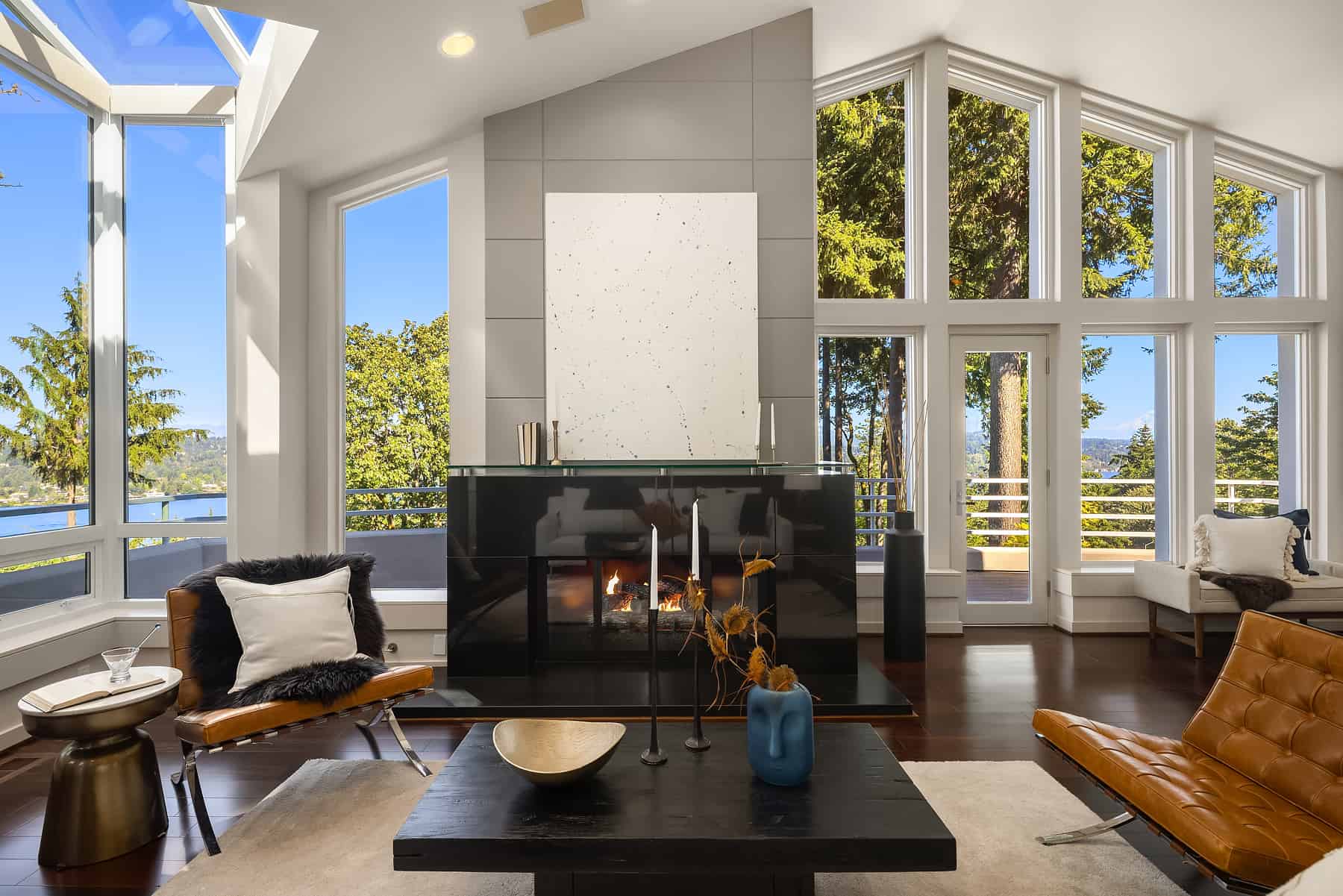
Use recycled and reclaimed materials in your sustainable design
Incorporating recycled and reclaimed materials into your home can be a great way to promote sustainability. This will not only help you reduce your carbon footprint, but it’s also likely to save you money as well.
Reclaimed wood is an excellent example of how using recycled products can be cost-effective. When wood is taken from old buildings or other structures and repurposed for building new furniture or flooring, the costs are significantly lower than buying new pieces of lumber from a supplier. This is because there’s no additional processing involved (like cutting down trees) and the work required to prepare this kind of material for use in construction projects is minimal compared with starting from scratch with raw lumber stock. Another benefit of reclaimed materials is that they last much longer than their virgin counterparts. Experts from Peak Services Las Vegas suggest that using recycled materials can also save you a lot of money.
Install solar panels
Solar panels are an excellent way to make your home more sustainable, but they’re not just for the tech-obsessed. You don’t need to be a solar panel expert to install them on your home and start saving money on electricity bills. You can get started with solar power for less than $500! Solar panels convert sunlight into electricity through photovoltaic cells, semiconductors producing electrons when exposed to light.
Incorporate energy-efficient fixtures and appliances for a more sustainable design
Smart features in your home are a trend these days. You can modernize your kitchen, update your heating system, and so much more. Here’s how you can incorporate sustainable design into your home with energy-efficient features.
● Use energy-efficient appliances and fixtures.
● Replace your light bulbs with LED lights.
● Add a programmable thermostat to regulate the temperature of your home over time.
● If you want to get fancy, invest in a smart thermostat that can be controlled via a smartphone app or voice commands.
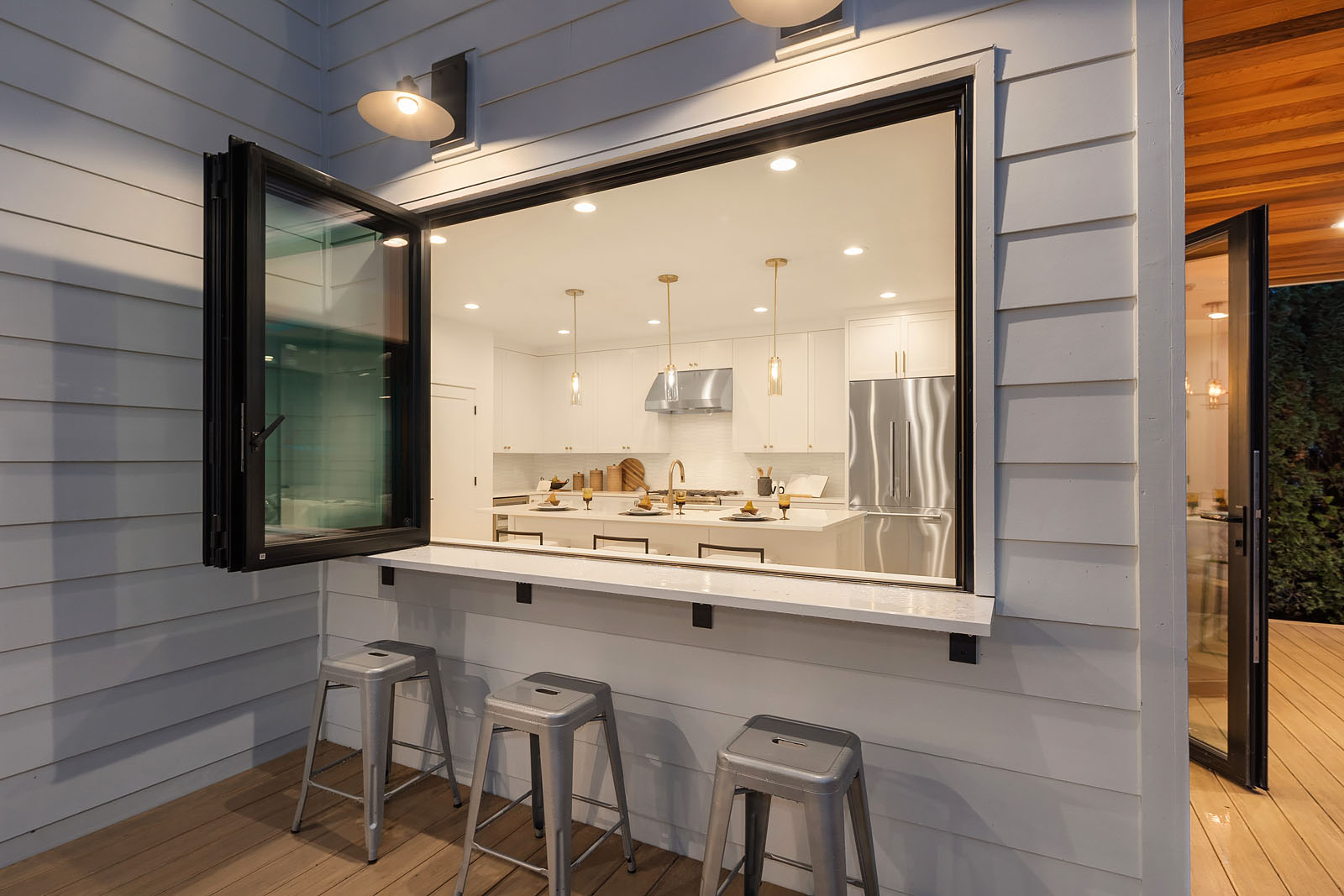
Focus on water supply
On the supply side, you can use a rainwater collection system to collect and store water that falls on your roof. This could be used in conjunction with a greywater system, which divert wastewater from sinks and showers into a tank so it can be reused on plants or gardens. A tankless water heater will harness heat from the sun to warm water, leaving less of an impact on your utility bill. Finally, a rain barrel or water butt is another simple way to reduce usage while creating beauty at the same time!
Using less water is one of many ways to save the environment. If you live in a big house with a big yard, there is another way to save water. Instead of natural grass, consider using artificial turf or a clover lawn. Another great eco-friendly alternative is to have more area in your lawn covered by patio stones so there’s less grass to water. These can be more eco-friendly solutions for your yard and are also easier to maintain.
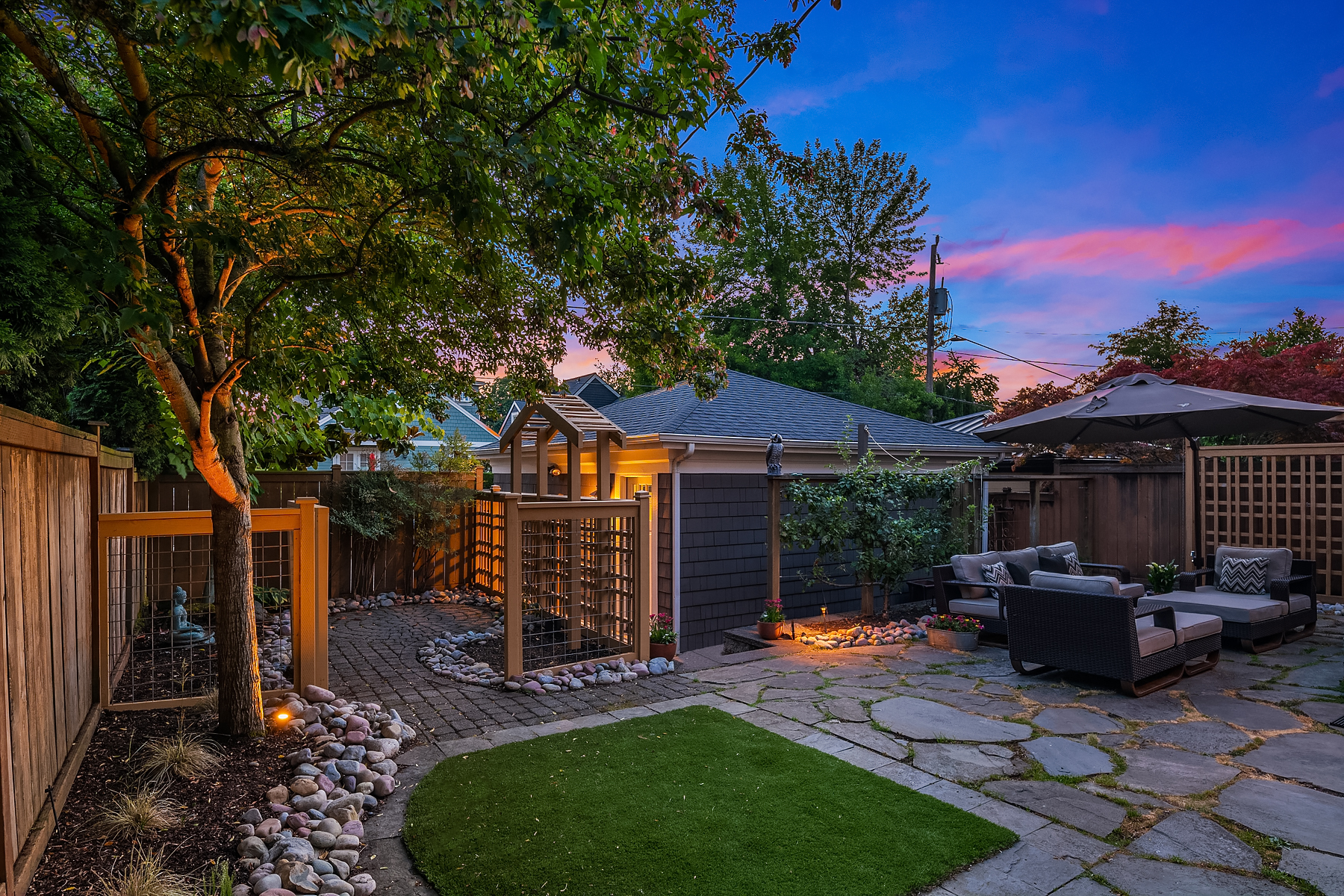
Build with bamboo
Building with bamboo is a great way to incorporate sustainable design into your home. Bamboo is not only renewable, but it also grows at an incredibly fast rate. According to the World Bamboo Organization, Bamboo can grow two feet per day under ideal conditions. This means that you can harvest bamboo for building materials without harming the plant or destroying its ability to continue growing. Additionally, bamboo does not require irrigation or fertilization like traditional lumber does. This is a massive plus for anyone living in an area where water is scarce or expensive.
Sustainable design is not too hard to implement
If you are building a home from scratch or renovating your existing one, there are many ways to
make it more sustainable. This is a great way to prepare your home for the new year.
Using natural materials such as wood and stone can help reduce the amount of energy needed to
heat and cool your home. If you’re headed toward the latter option, here are a few tips on how to
incorporate sustainable design into your new build:
● Use high-quality insulation so that less energy is used to heat/cool your house.
● Choose more durable materials like stone or concrete instead of carpeting floors if possible.
● Ensure that all appliances have an Energy Star rating tag before buying them. This will ensure they use less electricity than standard models.
Conclusion
This article discusses just a few ideas to make your home have a more sustainable design. The best thing to do is try them out and see what works for you! Remember, sustainable design is not about being perfect; it’s about making small steps toward something better. Incorporating these ideas into your home will make it easier for others to follow suit and make similar changes.
Guest article contributed by Sophia Perry. Article edited by Rhoya Selden.
Feel free to share this post:

